How to Care for Big-Flowered and Small-Flowered Cyclamens? Core Care Methods
You've just brought home a stunning cyclamen with either large, dramatic blooms or delicate small flowers, but now you're noticing drooping leaves and fading blossoms. Many plant enthusiasts struggle to maintain these beautiful plants beyond the initial flowering period. Understanding the distinct care requirements for big-flowered and small-flowered cyclamens can transform your gardening experience and keep your plants thriving year after year.
Understanding Cyclamen Varieties
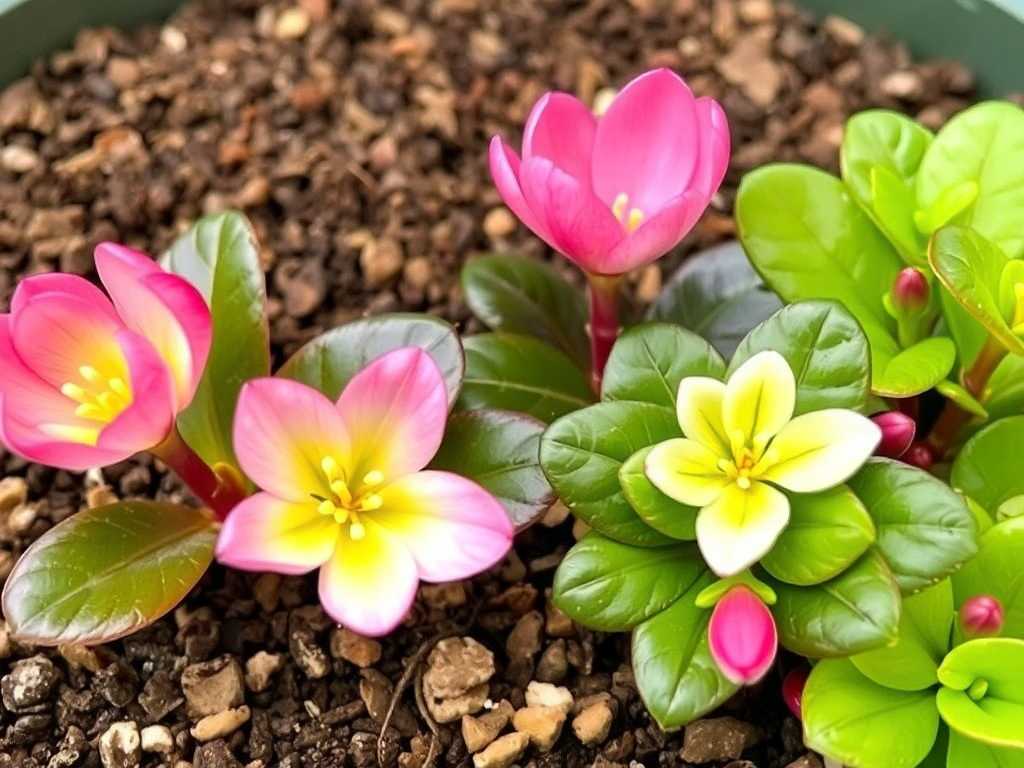
Big-flowered cyclamens typically belong to the Florist's Cyclamen group (Cyclamen persicum). These varieties produce impressive blooms measuring 2-3 inches across on sturdy stems. Their flowers create dramatic displays in shades of white, pink, red, and purple.
Small-flowered cyclamen species include Cyclamen hederifolium and Cyclamen coum. These varieties feature charming, delicate flowers that measure about 0.5-1 inch across. They're particularly valued for their naturalizing ability in garden settings.
According to the Royal Horticultural Society, small-flowered species often demonstrate greater cold tolerance than their large-flowered counterparts. This makes them ideal for outdoor gardens in temperate climates.
Light Requirements for Optimal Growth
Both cyclamen types need bright, indirect light to flourish. Place them near east or west-facing windows where they can receive gentle morning or afternoon sun. Avoid direct southern exposure, which can scorch their delicate leaves and flowers.
Big-flowered cyclamens particularly benefit from consistent, filtered light throughout their active growth period. Small-flowered varieties can tolerate slightly shadier conditions, especially during their dormant phase.
Professional gardener Margaret Roach advises, "Cyclamen plants will tell you when they're receiving too much light by developing yellow leaves. Adjust their position gradually until you find the sweet spot."
Perfecting Your Watering Technique
The watering needs represent one of the most crucial differences between these cyclamen types. Both varieties are susceptible to crown rot, but their watering schedules differ significantly.
Big-flowered cyclamens prefer consistent moisture during their active growth and flowering periods. Water when the soil surface feels dry to the touch, typically every 7-10 days. Use the bottom-watering method by placing the pot in a tray of water for 15-20 minutes, then allowing excess water to drain completely.
Small-flowered cyclamens, particularly outdoor varieties, require less frequent watering. During their growth period, water only when the top inch of soil has dried out. Reduce watering significantly as they approach dormancy.
Temperature and Humidity Preferences
Temperature management proves critical for both cyclamen types. Big-flowered varieties thrive in cooler temperatures between 60-68°F during the day and 50-55°F at night. Extended exposure to temperatures above 70°F can trigger premature dormancy.
Small-flowered garden cyclamens can withstand colder conditions, with many species surviving temperatures as low as 5°F when established in well-drained soil.
Maintain moderate humidity around big-flowered varieties by placing pots on pebble trays filled with water. Avoid misting the flowers directly, as this can cause spotting and rot.
Soil Composition and Fertilization
The ideal soil mix for both cyclamen types should provide excellent drainage while retaining some moisture. Use a combination of quality potting soil, perlite, and coarse sand in equal parts. A slightly acidic to neutral pH between 6.0-7.0 supports optimal nutrient uptake.
Feed big-flowered cyclamens every 3-4 weeks with a balanced, water-soluble fertilizer diluted to half strength during their active growth period. Small-flowered varieties typically require less frequent feeding – apply a slow-release fertilizer in early autumn as they begin their growth cycle.
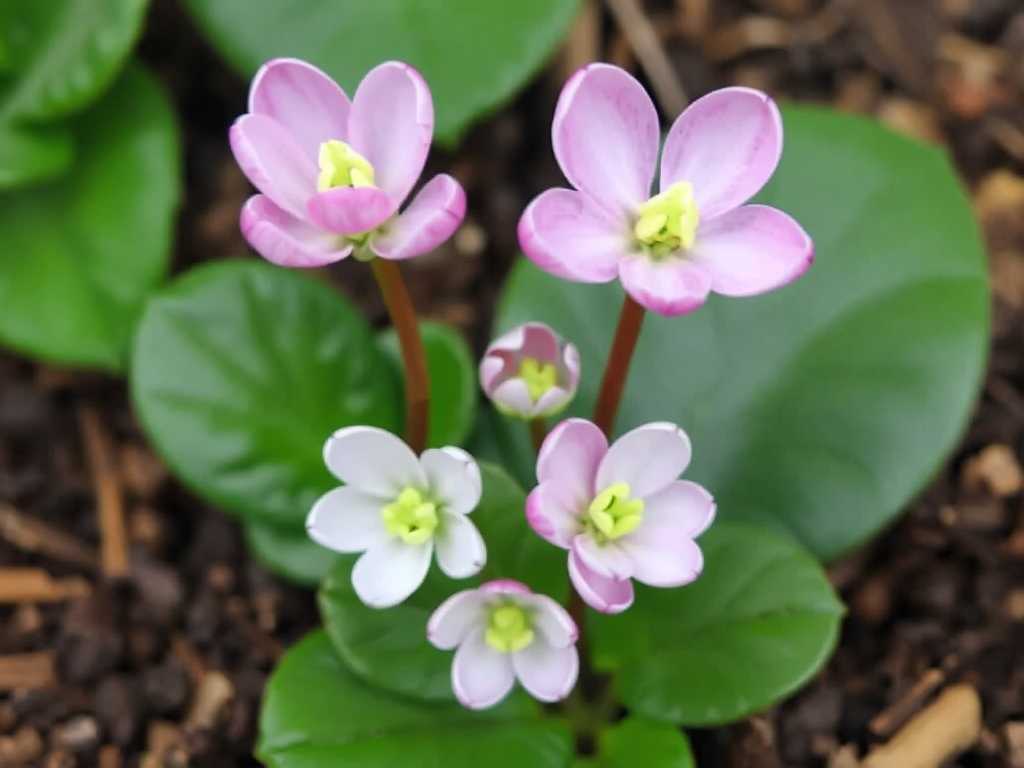
Dr. Leonard Perry of the University of Vermont Extension notes, "Over-fertilization causes more problems than under-fertilization with cyclamens. The salts build-up can damage their delicate root systems."
Navigating the Dormancy Period
Understanding the dormancy cycle represents one of the most challenging aspects of cyclamen care. Both types enter dormancy, but their timing and requirements differ.
Big-flowered cyclamens typically go dormant in summer. When leaves begin yellowing, gradually reduce watering. Store the tuber in its pot in a cool, dark place until new growth appears in late summer.
Small-flowered garden cyclamens have a less pronounced dormancy. They typically lose leaves in summer and regrow them in autumn. Mulch outdoor plants lightly to protect tubers during hot, dry periods.
Pest Management and Disease Prevention
Cyclamen mites represent the most serious pest threat, particularly to big-flowered varieties. These microscopic pests cause distorted growth and bud failure. Isolate affected plants immediately and consider using miticides specifically labeled for cyclamen.
Gray mold (Botrytis) can affect both varieties, especially in humid conditions. Improve air circulation and avoid wetting leaves when watering. Remove affected plant parts promptly to prevent spread.
Tuber rot poses the greatest risk to both cyclamen types. Always plant tubers with the top third exposed above soil level to prevent moisture accumulation around the growing point.
Propagation Techniques
Propagating cyclamens requires patience, regardless of variety. Both types grow from tubers, but their propagation methods differ slightly.
Big-flowered cyclamens are typically grown from seed, which can take 18 months to reach flowering size. Sow seeds in autumn in a well-draining mix, maintaining consistent moisture and temperatures around 60-65°F.
Small-flowered species often self-seed readily in garden conditions. You can also divide established tubers in late summer, ensuring each division has at least one growth point.
Seasonal Care Calendar
Spring Care As flowering slows for big-flowered varieties, gradually reduce watering. Small-flowered types are completing their growth cycle – allow foliage to die back naturally.
Summer Care Big-flowered cyclamens enter dormancy – store pots in cool, dark locations. Small-flowered varieties are also dormant but may benefit from occasional light watering in extremely dry conditions.
Autumn Care This marks the start of the active growth period for both types. Resume regular watering and begin fertilization as new growth appears.
Winter Care Protect outdoor small-flowered cyclamens with mulch in colder regions. Maintain consistent cool temperatures for indoor big-flowered varieties to extend flowering.
Common Questions Answered
Why are my cyclamen leaves turning yellow? Yellow leaves typically indicate overwatering, excessive heat, or natural dormancy progression. Check soil moisture and adjust environmental conditions accordingly. For big-flowered varieties, yellowing often signals the approach of dormancy.
How long do cyclamen flowers typically last? With proper care, big-flowered cyclamens can bloom continuously for 2-3 months. Small-flowered varieties often flower for 4-6 weeks, with some species producing multiple flushes throughout the growing season.
Can I plant my gift cyclamen outdoors after flowering? This depends on your climate and cyclamen type. Small-flowered species often naturalize well in USDA zones 5-9. Big-flowered varieties are typically treated as annuals in most climates unless you're prepared to provide precise indoor conditions.
Successful cyclamen care hinges on understanding the distinct needs of each variety while mastering their shared requirements for cool temperatures, proper watering, and seasonal dormancy. By adjusting your approach based on whether you're growing big-flowered or small-flowered types, you can enjoy their unique beauty through multiple growing seasons. The key lies in observing your plants closely and responding to their changing needs throughout their annual cycle.
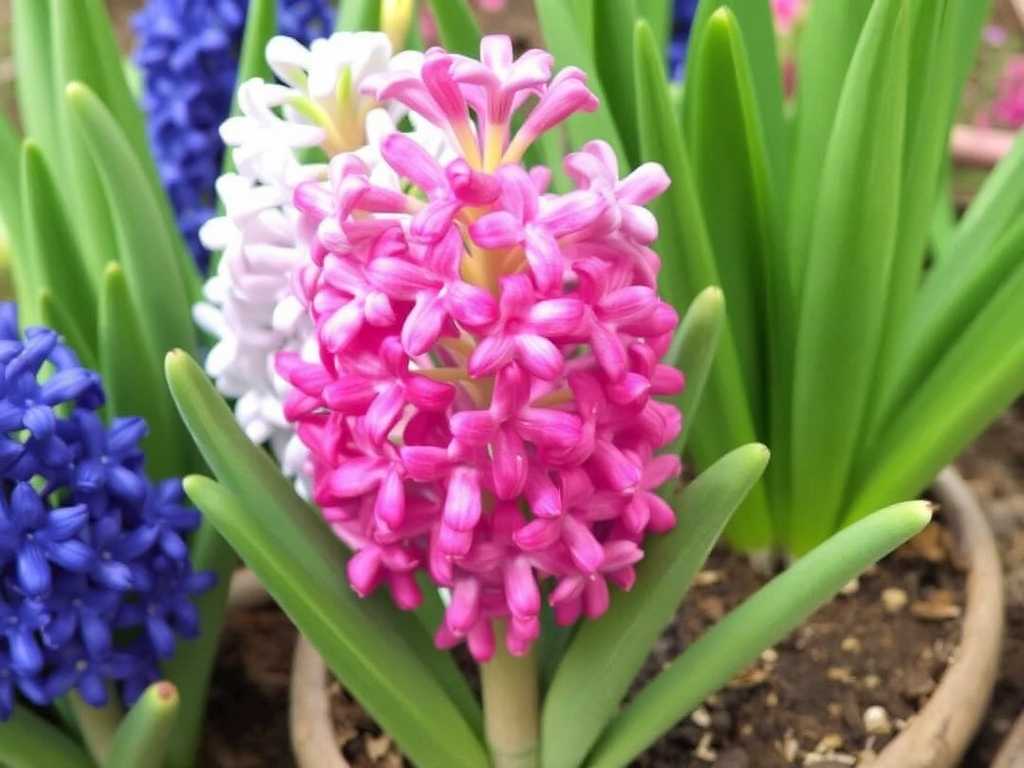
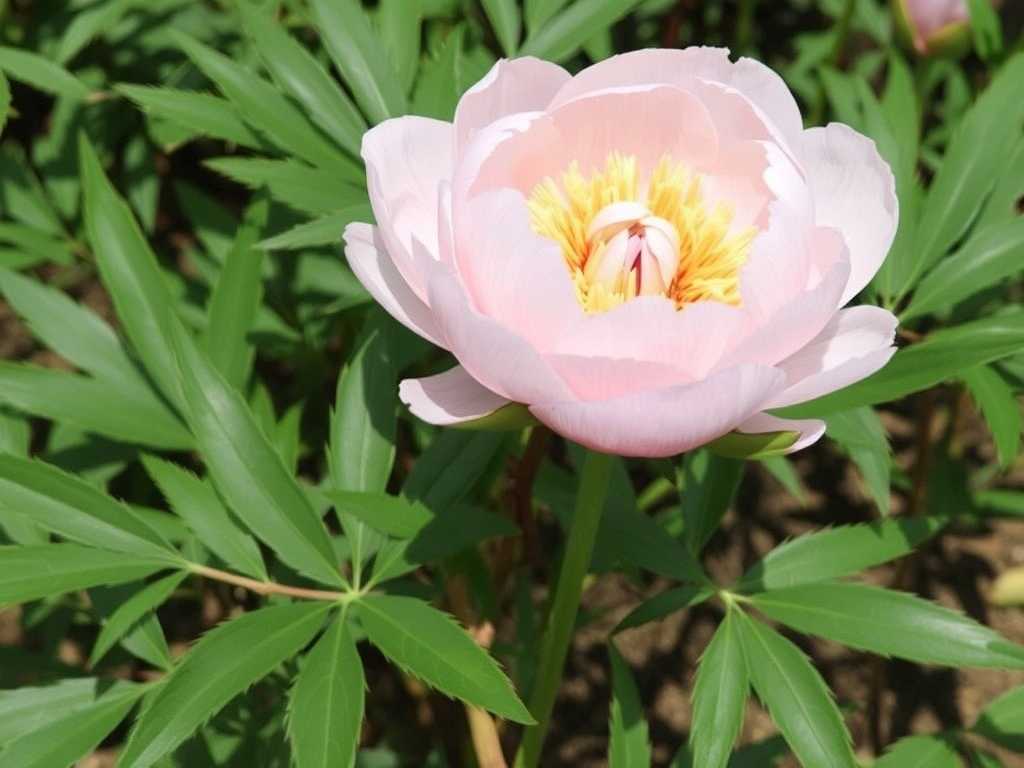

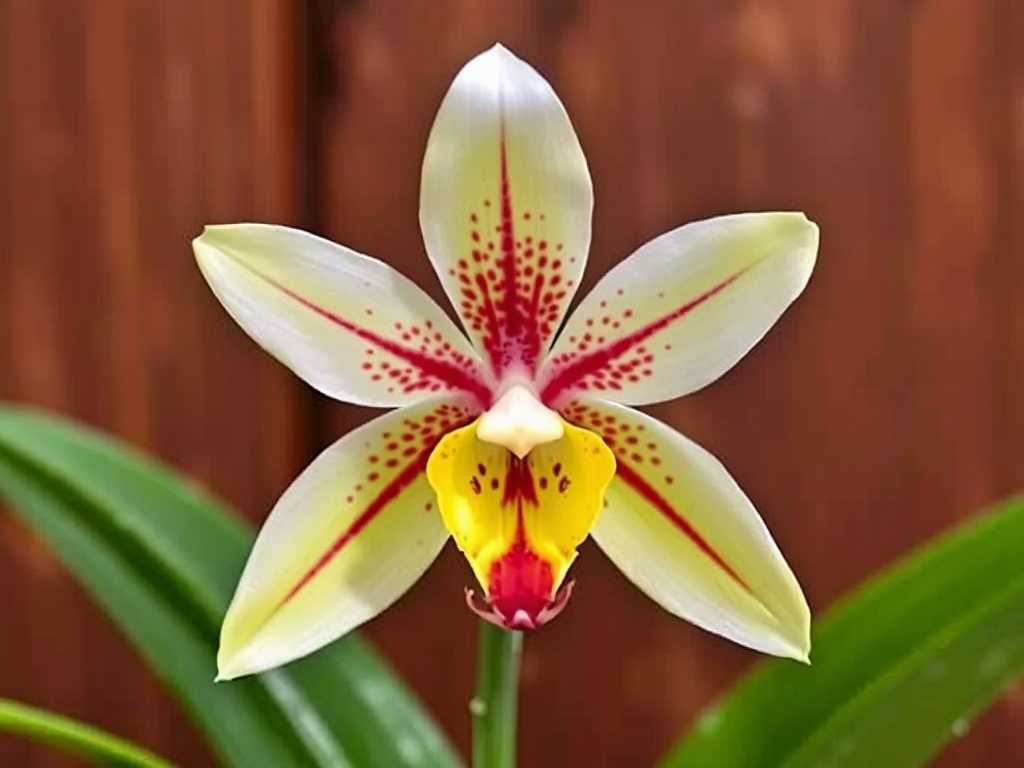
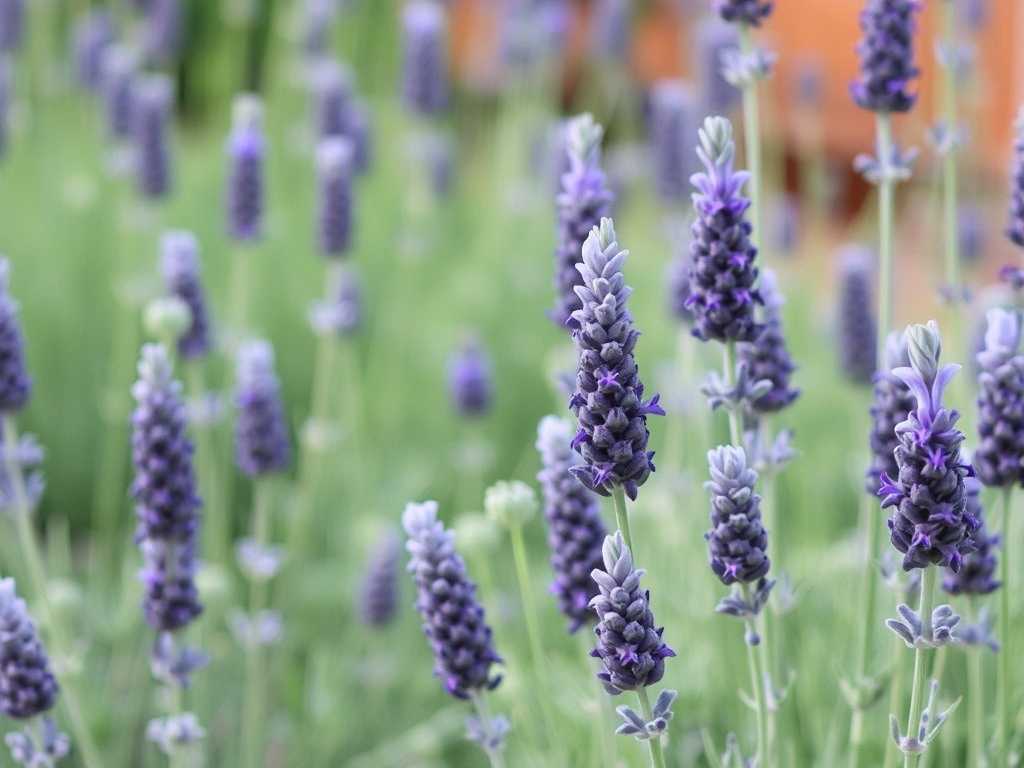
发表评论